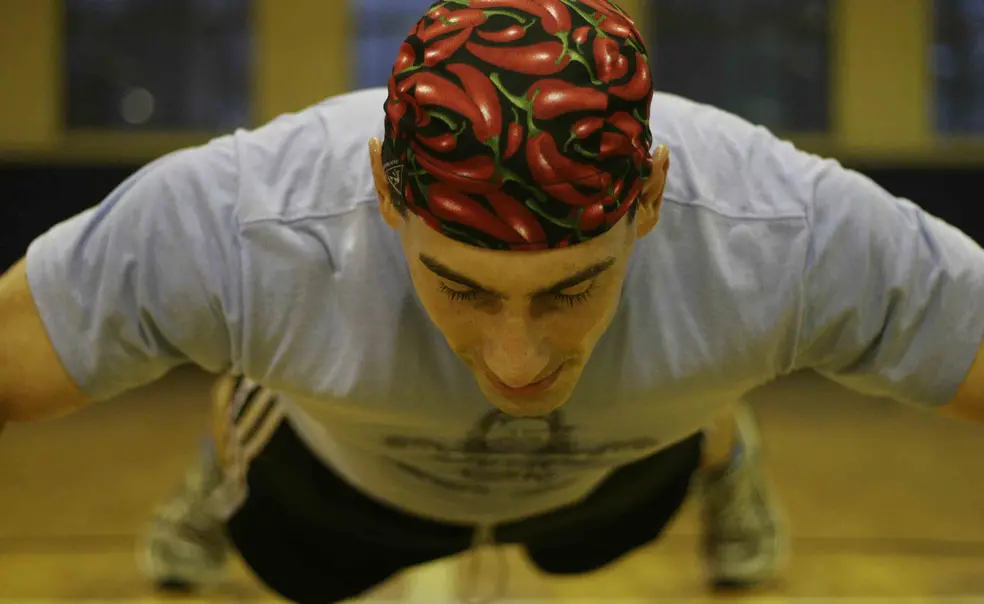Supernova serendipity
Princeton astronomer recalls a once-in-a-lifetime star sighting
On Jan. 9, 2008, Alicia Soderberg, a postdoctoral research associate in astrophysics at Princeton, was studying the X-ray emissions conveyed from space by NASA's Swift satellite when she recognized an extremely bright light on the screen of her computer, saturating the satellite's view "as if we had pointed a digital camera directly at the sun." That light, Soderberg and colleague Edo Berger later confirmed, was a supernova â an explosion of a massive star. Seeing a supernova is not unusual â the stars are brighter than 100 billion suns. But in the vastness of space, there generally is a delay of days or weeks between a supernova's explosion and its discovery by astronomers. By then, "most of the fireworks are already over," Soderberg said. Soderberg is the first astronomer to observe a supernova in the act of exploding. Her finding, named Supernova 2008D, is described in a paper to be published in Nature May 22, and in a May 21 teleconference, she described the experience as being at the right place, at the right time, with the right telescope. "I truly won the astronomer's lottery," she said. Soderberg had been studying another supernova, SN 2007uy, in the spiral galaxy NGC 2770, located 90 million light years from Earth in the constellation Lynx. Seeing two supernovae in the same galaxy in a matter of weeks is extraordinarily unusual â a one-in-10,000 chance, she estimates. A typical galaxy produces one supernova every 100 years. The Princeton group's discovery sparked a campaign of observations from telescopes in the United States and beyond, including the Hubble Space Telescope. The use of an X-ray flash, rather than optical observation, to detect a supernova marks a "paradigm shift" and could lead to more discoveries, according to Robert Kirshner, a professor of astronomy at Harvard University and one of Soderberg's mentors. Kirshner also stressed that luck was only part of Soderberg's find. "If you're active and you're energetic, it helps a lot because you manufacture your own luck, in a way," he said. "There's nobody who's more focused and energetic than Alicia Soderberg."
[youtube https://www.youtube.com/watch?v=W2nSsRoUaC0]
Courtesy of NASA/Swift/Skyworks Digital/Dana Berry
This digital animation shows an artist's rendering of the shock wave discovered by Princeton University's Alicia Soderberg and a team of scientists. A supernova is born when the core of a massive star (the blue orb) runs out of nuclear fuel and collapses under its own gravity to form an ultradense object known as a neutron star. The shock wave erupts and ripples through the star, emitting X-rays (seen here as bright white light). The remnants of the explosion cool (the white light gets smaller), and then the visual light from the supernova glows (seen as yellow clouds). The fading white dot in the middle of the animation represents a newly born neutron star.
Correction: An earlier version of this post misstated the frequency at which supernovae occur in a galaxy. It is about once every 100 years.
Down and up, 1,000 times
On May 5, with his hands pressed against the hardwood of the Princeton Seminary gym, Ryan Bonfiglio ’01 completed 1,000 push-ups in 20 minutes and 50 seconds, besting a mark from The Guinness Book of World Records set by fitness guru Jack LaLanne on the national television show You Asked For It in 1956.
The high-speed push-ups, completed in sets of 25, were recorded by a digital camera that also captured Bonfiglio's "official timer" - a wristwatch positioned on the floor. Bonfiglio, a former Princeton wrestler, is not new to breaking world records. In 2004, he set the record for most pull-ups in one hour: 507. That record was broken when a competitor chinned-up over 600 times in 60 minutes. Bonfiglio contested the mark, arguing that chin-ups and pull-ups use different muscles and therefore are different exercises, but the Guinness Book officials were firm in their refusal to differentiate. LaLanne's "quickest completion of 1,000 push-ups" category has been retired by the The Guinness Book of World Records, so Bonfiglio is looking to challenge a related mark: most push-ups in one hour. Record-holder Roy Berger, a Canadian who was proclaimed "Mr. Push-up" by Muscle & Fitness Magazine, completed 3,416 push-ups in an hour in 1998. Photo courtesy of Benjamin Robinson
Names in the News
With the Boston Celtics rolling toward the NBA's Eastern Conference finals, ESPN told the story of how Celtics CEO Wyc Grousbeck ’83 came back home to Boston and stepped into one of the most cherished corner offices in town. ... Wendy Kopp ’89's Teach for America continues to grow, according to a recent AP report, and Kopp expects even more expansion in the next two years, as the group aims to increase its corps of first- and second-year teachers from 5,000 to 8,000. ... Princeton musicologist Simon Morrison *97 is helping to revive Prokoviev's ballet "Romeo and Juliet" for a series of July performances at Bard College. ... Two hundred years ago, China was the world's greatest economic power, Princeton economics professor Burton Malkiel *64 told CFAs at a recent conference. Malkiel expects that China will regain that position in the next 20 years. ... William Zinsser ’44 wrote a May 18 New York Times essay about the most peculiar Manhattan office he ever occupied and its most memorable perk: a fireman's pole that connected the fifth and fourth floors.
The Countdown:














No responses yet